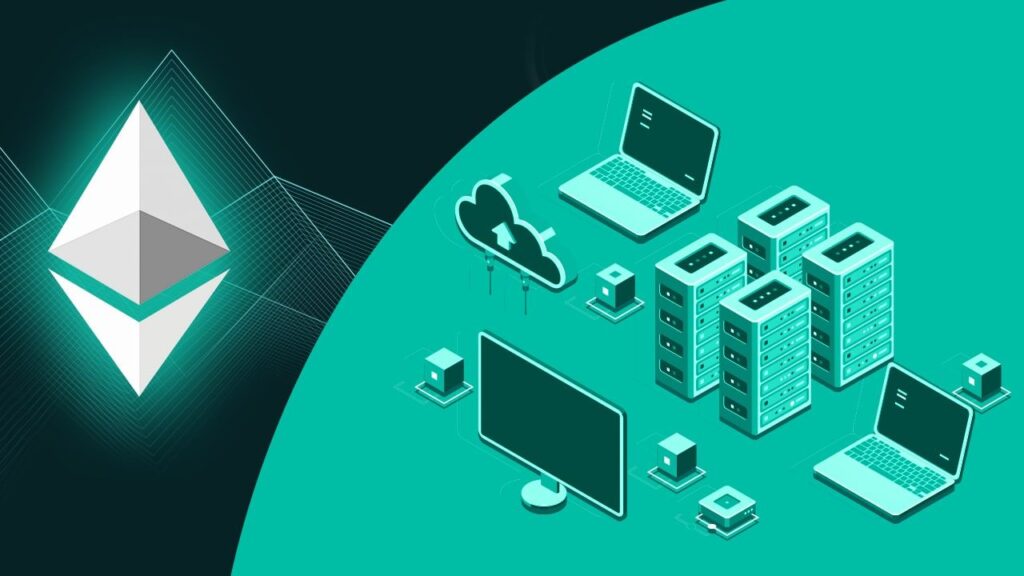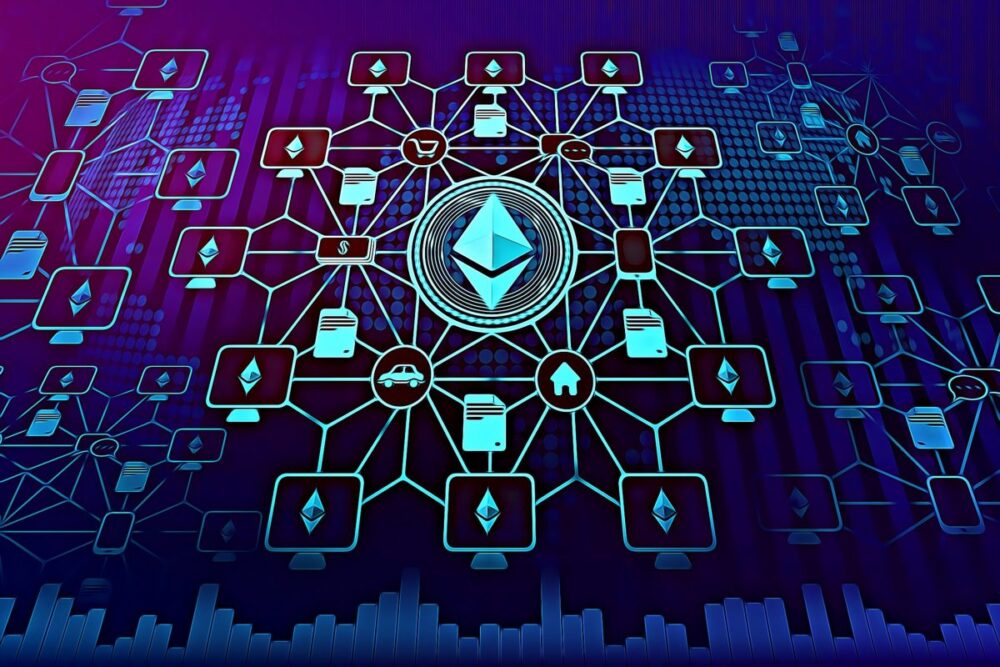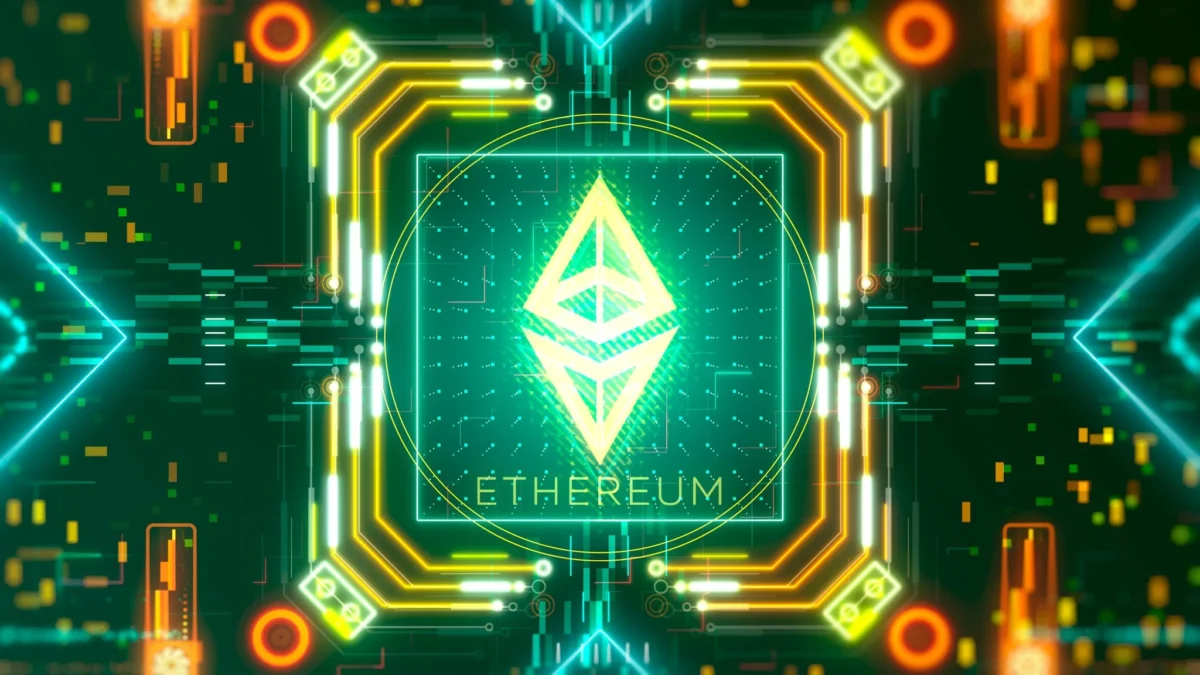Ethereum is a well-known name in the cryptocurrency industry and the second-largest blockchain project by market capitalization. It is a decentralized network that offers users the ability to establish and carry out smart contracts, making it more than just a simple digital currency.
The Ethereum blockchain is a blockchain with an integrated programming language, or it may be described as a globally operated virtual machine based on consensus. The Ethereum protocol’s EVM is the component in charge of all computing.
Understanding the Ethereum Virtual Machine (EVM) is crucial for both users and developers of Ethereum. To fully comprehend how the EVM operates, we will first go over some of the fundamental concepts in this manual before moving on to more complex subjects.
Ethereum Virtual Machine Overview
Developers can create decentralized applications based on Ethereum using the Ethereum Virtual Machine (EVM), a software framework (DApps). This virtual computer houses every Ethereum account and every smart contract.
Every node in the Ethereum network runs the Ethereum Virtual Machine (EVM), allowing them to concur on the same set of instructions to be carried out. The EVM can carry out every logical operation in a computational function because it is Turing complete.
“Turning machine” is a term that was created by renowned computer scientist Alan Turing. Algorithms are employed to direct the cognitive process in Turing’s hypothetical turning machine, which symbolizes non-human or machine thinking.
Ethereum Virtual Machine (EVM) Architecture

Source: techfi.tech
The EVM consists of two components – a storage stack and an execution engine. The storage stack contains all variables and keeps track of every action taken on the blockchain while executing code. These active records are stored in a Merkle Patricia tree, providing an efficient way to store data. The execution engine uses an Instruction Set Architecture (ISA) that provides instructions to run different operations in the blockchain, including computation operations such as hashing and cryptographic functions, as well as static analysis of source code.
The EVM also contains two sets of cryptographic functions – elliptic curve cryptography (ECC) and the SHA3 hashing algorithm. All code running on the EVM must adhere to this ISA architecture and only use these two sets of cryptographic functions for security purposes. Additionally, programs written in high-level languages such as Solidity are compiled down into low-level bytecode instructions before they can be executed by the EVM. This ensures that all transactions abide by uniform rules before being processed by the network.
The Function of an EVM
Block creation and execution are both handled by the Ethereum Virtual Machine (EVM). The EVM establishes guidelines for transferring states from one block to another during block formation. These states are kept in a Merkle Patricia Trie (Merkle Tree), which contains a distinct state for each block in Ethereum.
The Ethereum blockchain has given rise to tens of thousands of decentralized applications (DApps) in the DeFi and NFT space thanks to the EVM’s capacity to perform smart contracts. Each DApp is represented by bytecode, which is distributed among all of the Ethereum network’s nodes and fed into the EVM.
Why is Ethereum Virtual Machines a vital part of the crypto infrastructure?

Source: businesstechguides.co
The blockchain industry has advanced thanks to the Ethereum platform, which served as the foundation for multiple other blockchain systems.
Turing-complete
The Ethereum Virtual Machine (EVM) is Turing complete and has all the parts required to write sophisticated applications. Lending protocols and nonfungible token (NFT) games are only a couple of examples of these systems.
Secure implementation
In terms of networks and filesystems, the Ethereum Virtual Machine is totally separated from outside resources. The EVM is sufficiently secure due to this kind of deterministic execution for significant decentralized finance applications.
It is decentralized
The Ethereum Virtual Machine is entirely decentralized and immune to any single point of failure thanks to the thousands of nodes that operate it throughout the world. As a result, the EVM is now among the most durable computers ever created.
The Solidity
A specific language called Solidity was developed to improve the EVM’s usability. Ethereum drew developers from all over the world who backed the EVM since it was the first blockchain to be created as a global computer.
Popular blockchains that support EVM

Source: bitcoin-bude.de
These blockchains copy the code written for Ethereum, then deploy it on their own blockchains.
The Brise Chain is a blockchain that is EVM-compatible and can enable dApps that are built on Ethereum, to start.
On this network, the Bitgert project’s BRISE token operates and is utilized for staking and transactional purposes. The quantity of BRISE in circulation and the total number of BRISE holders affect the BRISE price.
The side chains Polygon, Avalanche, Cardano, and Tron all utilize the Ethereum Virtual Machine (EVM). They provide higher capacity, faster speed, and less transaction prices than Ethereum itself. In the world of cryptocurrencies, it’s all about optimization and offering the best user experience.
What do Opcodes in EVM mean?
With over 150 different opcodes in Ethereum, opcodes are one of the essential components of the virtual machine. The fact that EVM is recognized as a Turing Complete system shows the importance of opcodes in comprehending EVM.
Implementing particular functionalities, like data logging or arithmetic operations, is made possible by the built-in opcodes of EVM. Opcodes can also obtain data about the block that the network is currently processing.
The Bottom line
A Turing-complete computer program called the Ethereum Virtual Machine (EVM) is at the center of Web3. Stablecoins, non-fungible tokens (NFTs), decentralized finance applications, and initiatives for the metaverse have already been built with its assistance.
Since many exciting applications have been launched using the EVM as a result of the strong network created around the EVM ecosystem, crypto prices today have increased significantly.
The Ethereum Virtual Machine is ultimately responsible for creating and running smart contracts. Anyone wishing to create decentralized applications (DApps) and enter our future decentralized world must have a thorough understanding of EVM.



























